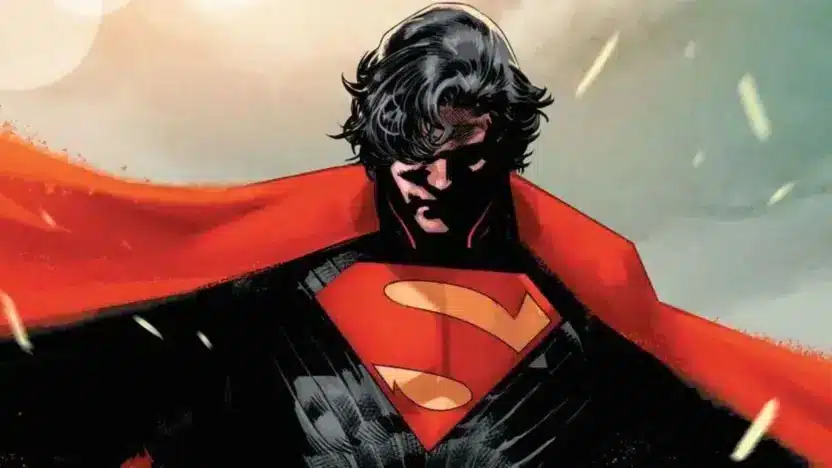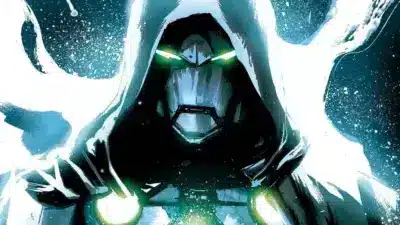In Absolute Superman (2024-) Issue 1, a fresh reimagining of the Superman mythos, the familiar story of Krypton and its iconic hero takes on a gritty, more grounded tone. This narrative does not simply dwell on the legendary powers of Superman but also digs into the intricacies of a society marked by class divisions, exploitation, and moral ambiguity. The story unfolds by juxtaposing two distinct worlds—Krypton, with its fractured societal structure and oppressive ruling class, and Earth, where everyday people fight for survival under dire circumstances. In this blog, we explore every facet of this intricate narrative, drawing upon the detailed insights provided in a recent video transcript to examine how these themes redefine our understanding of Superman.
Redefining Krypton: A Broken Society
The depiction of Krypton in this narrative departs significantly from the traditional, serene portrayal often seen in DC Comics. Instead of a breathtaking, expansive blue world where peace and progress are synonymous, Krypton emerges as a society marked by deep internal rifts. The narrative emphasizes that Krypton is not a utopia of advanced technology and harmonious existence; rather, it is a society riddled with systemic dysfunction and social decay.
Krypton’s ruling class, the clerics of the Science League, harness the energies of the Red Sun along with the planet’s intrinsic power. Their relentless pursuit of progress and power comes at a steep cost. The narrative reveals that these elites exploit the planet’s natural resources, transforming Krypton into a society driven by insatiable ambition. This ruthless ambition is not aimed at preserving peace but at maintaining a hierarchy that privileges the ruling class at the expense of the common people. The depiction resonates with modern audiences by highlighting how technological advancement and progress can sometimes mask deep societal inequities.
The Hierarchical Structure and the Crest of Shame
Central to this reimagined Krypton is the explicit focus on its social hierarchy. Unlike previous interpretations where the family crest is a symbol of legacy and hope, in this narrative, it becomes a mark of disgrace. The traditional Kryptonian crest, associated with the iconic “S” symbol, is repurposed to represent the laboring class—the very people who have been marginalized and cast aside by the elite.
From a young age, Kryptonians learn their place in society. One poignant example is the story of Lara Loron, who was once an exemplary student with dreams of exploring the stars. Her academic promise was abruptly cut short when she dared to criticize Krypton’s meager funding for interstellar exploration. Labeled as unruly at the tender age of nine, Lara was permanently barred from applying to the Science Academy. This personal tragedy illustrates how rigid the class system is: merit and ambition are secondary to maintaining social order.
The society is divided into distinct classes—from the exalted clerics of the Science League at the top to the laborers at the bottom. This stratification is so pronounced that citizens must display their societal status at all times. For those born into labor, the crest they bear signifies not honor but a constant reminder of their subjugation. This inversion of what is traditionally seen as a symbol of hope forces the audience to rethink the origins of Superman’s identity and the legacy of his heritage.
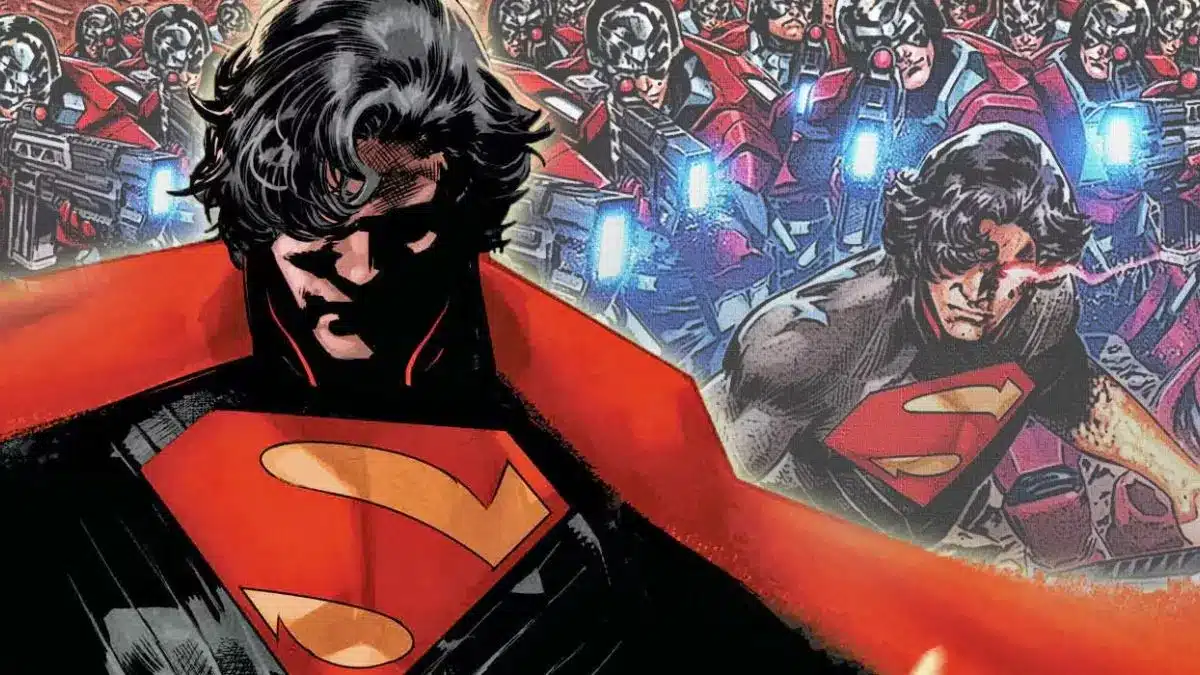
Superman’s Parental Roots: Farmers Amidst Oppression
One of the most striking deviations in this narrative is the portrayal of Superman’s parents. Traditionally depicted as members of a high-ranking scientific or ruling class, his parents here come from the laboring class. They are depicted as hard-working farmers who live on the outskirts of Kryptonian society. This background shapes a version of Superman who is intimately connected with the struggles of ordinary people.
Superman’s father, who once worked as an engineer for the geological department, becomes a symbol of resistance against systemic exploitation. When cracks begin to appear in Krypton’s foundation—both literally and metaphorically—he challenges the authorities by shutting down the mining operations until a proper investigation can be conducted. His actions underscore a deep-rooted discontent with a system that values progress over human life.
By reimagining his origins, the narrative not only humanizes Superman but also ties his superhuman abilities to the resilience and determination of the common worker. His identity as “the Man of Steel” evolves from being merely a testament to his physical invulnerability to symbolizing the strength and endurance of the laboring class. In this version, his superhuman nature is as much about his moral and emotional fortitude as it is about his physical prowess.
The Collapse of Krypton: The Unraveling of a Broken System
The narrative of Krypton’s collapse is depicted as the inevitable result of its internal contradictions. Despite its advanced technological achievements, the planet’s infrastructure and social order were built on a foundation of exploitation and disregard for human (or Kryptonian) life. As tensions rise, the planet begins to literally crack under the strain.
Krypton’s downfall is depicted through the emergence of Kryptonite energy—a dangerous byproduct of the planet’s crumbling structural integrity. This energy symbolizes the internal decay of a society that has neglected the well-being of its people in favor of relentless progress. When a middle-management official is tragically consumed by Kryptonian radiation, it becomes clear that the very fabric of Krypton is disintegrating from within. This dramatic event sets in motion a series of events that lead to widespread chaos and ultimately the planet’s demise.
The collapse of Krypton, as detailed in the narrative, serves as a cautionary tale about the perils of social stratification and unbridled ambition. It demonstrates how a society that neglects the needs of its most vulnerable members is doomed to fall apart, despite its outward display of technological sophistication.
The Earth Connection: A Gritty World of Exploitation
As the narrative shifts focus from Krypton to Earth, a striking parallel emerges between the two worlds. In Brazil, the story introduces a diamond mine operated under brutal conditions. Here, the exploitation of the working class reaches a new level of cruelty, as laborers are forced to work in hazardous conditions in order to support their families.
In this grim setting, migrant workers at the Loges Creek diamond mine face the terrifying prospect of exposure to asbestos—a known carcinogen. These workers are coerced into continuing their perilous labor by their employers, the Lazarus Corporation, which manipulates their deepest fears and responsibilities. The workers are offered hazard pay as an incentive, yet this meager sum barely compensates for the life-threatening risks they endure on a daily basis.
The narrative emphasizes that the laborers’ motivation is not merely the pursuit of monetary gain but a desperate need to support their families. Their unwavering commitment to their loved ones becomes a tool exploited by those in power. The employers leverage familial duty as a means of control, reminding the workers that any resistance might jeopardize the well-being of their children and spouses. This raw, unvarnished portrayal of exploitation draws a stark comparison to the societal dynamics on Krypton, reinforcing the idea that hierarchical oppression is not confined to fantastical worlds but echoes in real-life struggles.
Lazarus Corporation and the Struggle for Survival
The Lazarus Corporation emerges as a central antagonist in the Earth narrative. This powerful conglomerate represents the oppressive forces that maintain control through coercion, fear, and advanced technology. Their enforcement arm, modeled on DC Comics’ infamous Peacemaker, plays a pivotal role in keeping the laboring masses in check.
The company’s approach is brutal yet calculated. When workers attempt to rebel or deviate from their assigned roles—such as trying to steal a few diamonds for themselves—the Lazarus enforcers respond with swift, uncompromising force. Their methods, while technologically sophisticated, are steeped in the same hierarchical mentality seen on Krypton. They enforce an “iron law” where loyalty to the system is valued above individual well-being.
What makes this portrayal especially compelling is the way in which it mirrors the exploitation seen on Krypton. In both realms, the ruling elite use sophisticated mechanisms of control to keep the laboring class subdued. The workers on Earth, much like the oppressed citizens of Krypton, find themselves caught in a relentless struggle for survival—a fight not just for their lives, but for their dignity and autonomy.
Superman’s Raw Power and Relatability
Amidst the chaos on both Krypton and Earth, Superman stands as a beacon of hope and resistance. However, this is not the omnipotent, aloof figure from previous incarnations. Instead, he is portrayed as a man who understands the harsh realities of life on both worlds. His powers, while formidable, are not without limitations. For instance, unlike the traditional image of Superman continuously absorbing solar energy passively, this version must actively recharge his cells—a metaphor for the constant effort required to sustain hope and power in a broken system.
Superman’s approach to his role as a protector is refreshingly down-to-earth. When he intervenes in the conflict at the Brazilian diamond mine, he does not simply swoop in as a distant demigod. Instead, he mingles with the laborers, empathizes with their plight, and even fights alongside them. His actions reveal a deep-seated belief that power must be used to uplift those who are oppressed, rather than merely serve as a tool of dominance. This raw, unfiltered version of Superman resonates with audiences who appreciate a hero that is not removed from the struggles of everyday life.
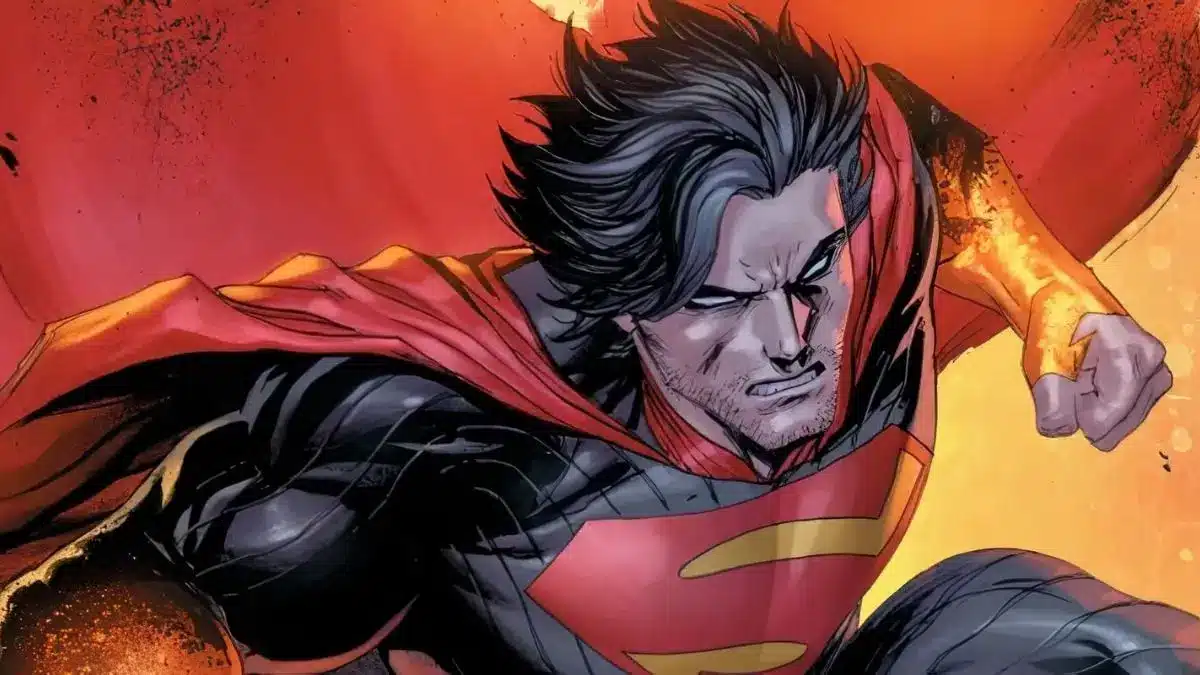
The Dynamics of Solar Energy and Its Limitations
A particularly innovative aspect of this narrative is its exploration of Superman’s solar energy. Traditionally, Superman is seen as an inexhaustible reservoir of power, fueled by the sun’s rays. However, in this rendition, his ability to harness solar energy is portrayed as a finite resource that requires active management. When Superman expends a tremendous amount of energy during combat—releasing bursts that can obliterate his enemies—it leaves him momentarily weakened, forcing him to retreat and recharge.
This limitation serves multiple narrative purposes. It humanizes Superman by demonstrating that even he is subject to physical constraints and vulnerabilities. More importantly, it creates a dynamic tension in the story, where the hero’s power is both a boon and a burden. His need to periodically recharge becomes a metaphor for the necessity of self-care and the importance of conserving resources in a world where every bit of strength counts.
The Role of Lois Lane: Agent and Ally
Another intriguing element of this reimagining is the role of Lois Lane. Traditionally cast as a reporter with an insatiable appetite for truth, Lois here steps into a more active, almost covert role as an agent. Her involvement is not merely a byline in Superman’s story; she becomes a key operative within the system represented by the Lazarus Corporation. This shift in her character adds layers of complexity to the narrative, suggesting that those who work within oppressive systems are not always the enemy. Lois Lane’s military background and her unwavering determination underscore her evolution from a mere chronicler of events to a pivotal character who influences the unfolding struggle.
When Lois intervenes in a critical moment—such as the incident where she detains Superman after his confrontation with the Lazarus enforcers—it hints at a future collaboration that could redefine the relationship between the hero and the system he seeks to reform. The tension between her duty as an agent and her empathy towards the oppressed creates a fascinating dynamic that invites viewers to question the nature of loyalty and resistance in a fractured world.
Reflections on Moral Dilemmas and Social Realities
Underlying every element of this narrative is a deep exploration of relative morality. In a world where survival depends on relentless labor and where every decision is a matter of life and death, conventional ethics often give way to pragmatic choices. The miners at the Brazilian diamond mine do not deliberate over high-minded philosophical debates; they simply do what is necessary to provide for their families. Their morality is grounded in the raw, unyielding realities of life. They work in dangerous conditions, fully aware that each day on the job could be their last, yet their commitment to their loved ones leaves them with little choice.
This moral ambiguity is further highlighted by Superman’s actions. He embodies the struggle between using overwhelming power to enforce order and understanding the subtleties of individual hardship. His interventions are not always clear-cut; they involve difficult decisions that blur the lines between right and wrong. When he battles the Lazarus enforcers, his goal is not just to defeat his enemies but to inspire hope among the oppressed—a hope that is as fragile and fleeting as the solar energy he relies on.
The narrative challenges readers to reconsider the nature of heroism. It asks: What does it truly mean to be a hero in a world where systemic oppression and exploitation are rampant? Is it enough to simply wield power, or must one also understand and share in the struggles of those less fortunate? These questions resonate deeply in today’s social climate, making the story of this reimagined Superman not only a thrilling adventure but also a profound commentary on modern society.
Technological Overreach and the Cost of Progress
In both the fallen world of Krypton and the dystopian reality on Earth, technology plays a dual role. On Krypton, the advanced scientific methods and the unchecked ambition of the ruling clerics have led to a society on the brink of collapse. Their exploitation of the planet’s energy resources and disregard for the welfare of the laboring class underscore the dangers of unbridled technological advancement. Meanwhile, on Earth, the Lazarus Corporation’s reliance on technology as a means of control—through armored enforcers and high-tech weaponry—illustrates how progress can be perverted into tools of oppression.
This technological overreach is not depicted as inherently evil; rather, it is shown as a byproduct of a society that prioritizes progress over human life. Both worlds serve as cautionary tales about the potential cost of scientific and industrial advancement when divorced from ethical considerations. The narrative suggests that true progress must incorporate a balance between technological innovation and social responsibility—a lesson that is as relevant today as it has ever been.
Superman’s Unconventional Journey: From Alien to Everyman
One of the most compelling aspects of this reimagined Superman is the way his journey transforms him from an almost otherworldly being into a figure deeply connected to the struggles of ordinary people. Unlike previous versions of the character who operated from a lofty pedestal, this iteration of Superman finds himself in the midst of Earth’s harshest environments. Whether he is mingling with laborers in a Brazilian diamond mine or engaging directly with the oppressive forces of the Lazarus Corporation, he constantly adapts to his surroundings.
This transformation is evident in his appearance and actions. Clad in a more modest disguise—a hood and a mask—Superman no longer appears as a distant god-like figure but as a man who shares in the daily trials of those he protects. His decision to work alongside the laborers, rather than simply descending from the skies as an all-knowing savior, emphasizes his commitment to understanding and rectifying the deep-seated injustices that permeate both worlds.
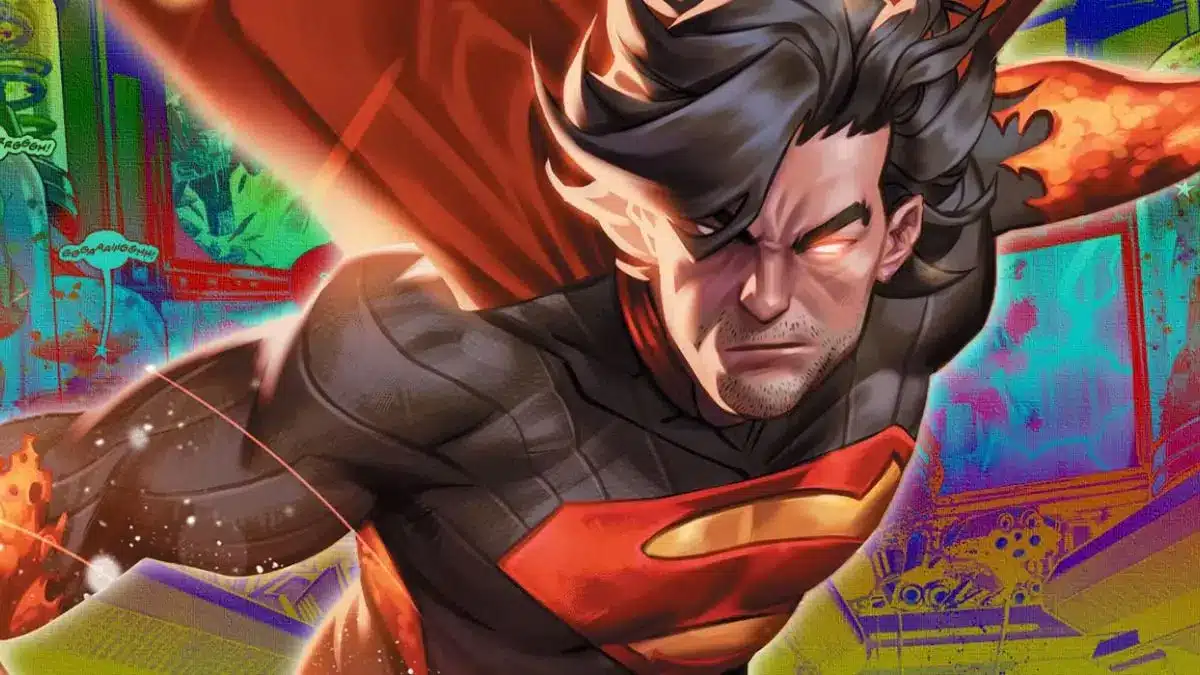
The Final Confrontation: A Battle on Multiple Fronts
The climax of this narrative involves a high-stakes confrontation that brings together all the threads woven throughout the story. As Superman battles the technologically advanced Lazarus forces, his actions are both heroic and deeply human. He employs his immense power—discharging bursts of solar energy that resemble a controlled explosion—to fend off his adversaries. Yet, even in these moments of sheer power, he remains vulnerable. His need to periodically recharge his energy injects a palpable tension into the battle, reminding everyone that even the greatest heroes are not invincible.
In a decisive moment, Superman advises the beleaguered miners to secure their earnings and escape the clutches of the oppressive Lazarus Corporation. This act of solidarity cements his role as a protector of the common people—a symbol of resistance against forces that seek to dehumanize and control. However, his intervention also attracts unwanted attention. The arrival of tanks, helicopters, and more heavily armed enforcers underscores the extent to which the powerful will go to maintain their grip on society. The ensuing struggle is not merely a physical battle but a profound commentary on the cost of rebellion and the price of freedom.
Epilogue: A World of Fissures and Uncertain Futures
As the dust settles on Earth and Krypton’s legacy looms large, the narrative leaves readers with a profound sense of uncertainty. In the epilogue, we glimpse the remnants of Krypton’s collapse—a barren wasteland marked by radiation burns and crumbling infrastructure. Amid this desolation, Superman’s origins are hinted at through tender moments: a father asking for his lost son, and a young Kalel emerging as a symbol of hope in a broken world. The mention of figures like Brainiac—now reimagined as a grounded, science-minded character emerging from the remnants of the Lazarus R&D department—opens up new avenues for future conflict and introspection.
This uncertain future forces readers to confront the reality that even legends are not immune to the passage of time and the relentless forces of societal decay. The fissures in the ground serve as metaphors for the fractures within society—a reminder that progress is not a linear path but a tumultuous journey marked by setbacks and rebirths. The narrative ultimately invites us to consider whether true change is possible, and if so, what sacrifices must be made to achieve it.
Also Read: Doctor Doom Became Iron Man? An Alternate Marvel Reality Explored
